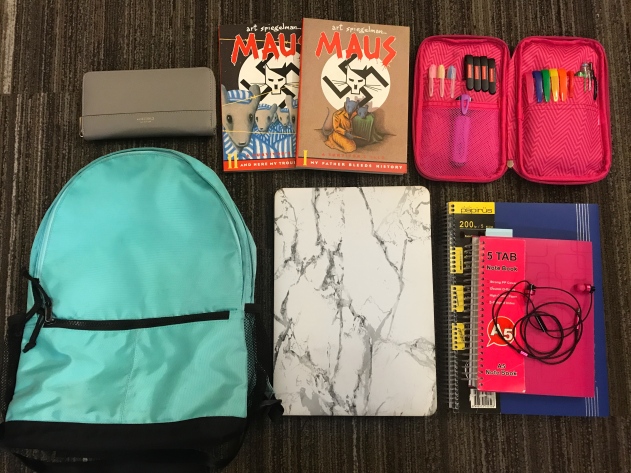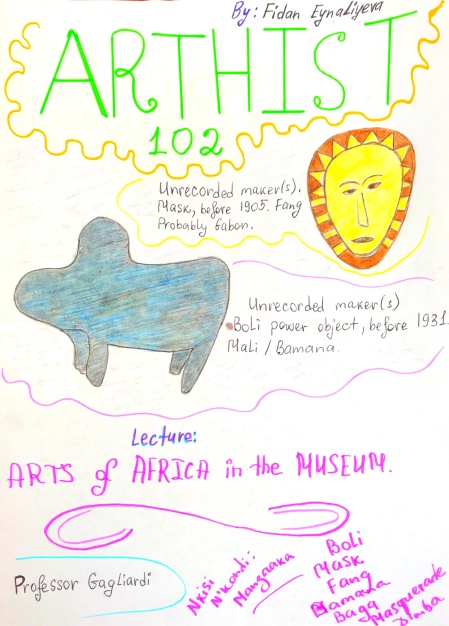Tracing Maus Reflection

Extension
Remember, I extended the deadline for the Tracing Maus project — you need to have the pages published to your site by Saturday, March 10.
Reflection Prompt
Once you have completed your Tracing Maus project and published the pages to your site, you need to publish a reflection post as well. The post serves to turn the project in when it syndicates to the class site, and is also an opportunity for you to explain your process in the work you just completed.
Your reflection post should link to the landing page for the project and should address the following questions:
- Before writing your essay, you went through a pretty involved process of tracing and annotating two pages from the book. Briefly explain what that process was like for you — probably this was very different from most other writing you’ve done, so try to explain what was useful about the process for you. What productive thoughts or analysis occurred through the act of tracing and annotating?
- For this assignment, instead of writing a linear alphanumeric text you created a series of interlinked pages based around patterns you identified while tracing and annotating pages. How did your writing process change to address this assignment? Did you find it useful to write about ideas in chunks like this, instead of in a more traditional thesis-driven linear format?
- We talking in class about Spiegelman’s reference to the “secret language of comics” as indicating that the writer/illustrator make a whole series of choices in crafting a comic that probably pass by many readers with little or no conscious notice. Do you feel that this assignment helped you to get in on this secret language? Do you understand Maus better after having written this project? What’s the single biggest insight you gained about the book that you gained during the process of tracing, annotating, and analyzing these pages (maybe something you “knew” on some level before you started but that you really get now, or maybe something you hadn’t really noticed until you worked on the project)?




